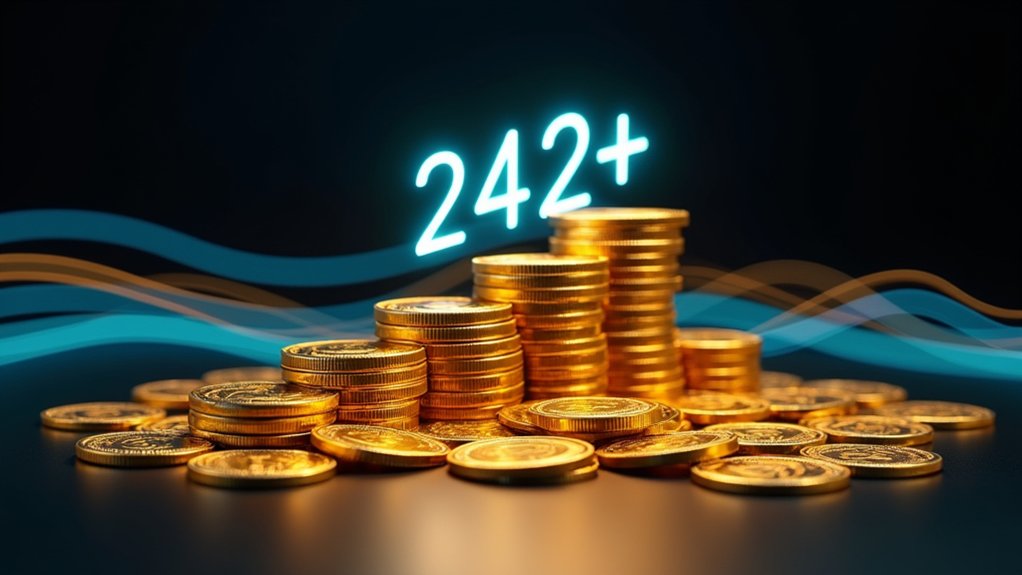A bold yet audacious contender, Pump.Fun launches its $PUMP token ICO with the ostensible ambition to dethrone entrenched social media behemoths like Facebook and TikTok, leveraging a decentralized, crypto-centric platform that promises to reward users rather than exploit their attention—a claim as invigorating as it is conveniently vague, given the platform’s reliance on meme coins, notorious for their speculative volatility and astronomical failure rates. The ICO, slated for mid-July 2025, offers 150 billion tokens at a modest $0.004 apiece, aiming to raise a staggering $600 million, a figure that invites scrutiny rather than applause. Tokenomics analysis reveals a classic conundrum: 15% of total supply allocated for public sale, with the remainder presumably held by insiders, a dynamic that invariably concentrates power and skews incentives away from genuine community benefit toward opportunistic speculation. Since its launch in early 2024, pump.fun has facilitated the creation of over six million meme coins, underscoring the platform’s rapid growth and the sheer volume of tokens entering an already saturated market, which amplifies token proliferation risks. The ICO allows purchases via multiple payment methods such as USDT, USDC, SOL, and exchange-specific Staked SOL tokens, expanding accessibility but also complexity for participants accepted payment methods.
Regulatory considerations further complicate the narrative, as Pump.Fun explicitly excludes participants from the US, UK, and EU—jurisdictions known for stringent securities laws—raising questions about its legal positioning and the potential for regulatory arbitrage. This selective accessibility might be interpreted less as prudence and more as a tacit acknowledgment of regulatory gray areas, if not outright evasion. The platform’s proclaimed mission to disrupt social media with a decentralized model that rewards users, while commendable in theory, collides with the harsh realities of meme coin ecosystems, where liquidity dries up and investor losses mount with alarming regularity.
Moreover, the promise of fostering thriving crypto-native communities through livestreaming and interactive tools risks being overshadowed by the inherent instability of the underlying assets. Pump.Fun’s narrative teeters on the edge between visionary innovation and reckless hype, demanding that prospective participants approach with a keen eye for tokenomics pitfalls and the looming shadow of regulatory scrutiny.









